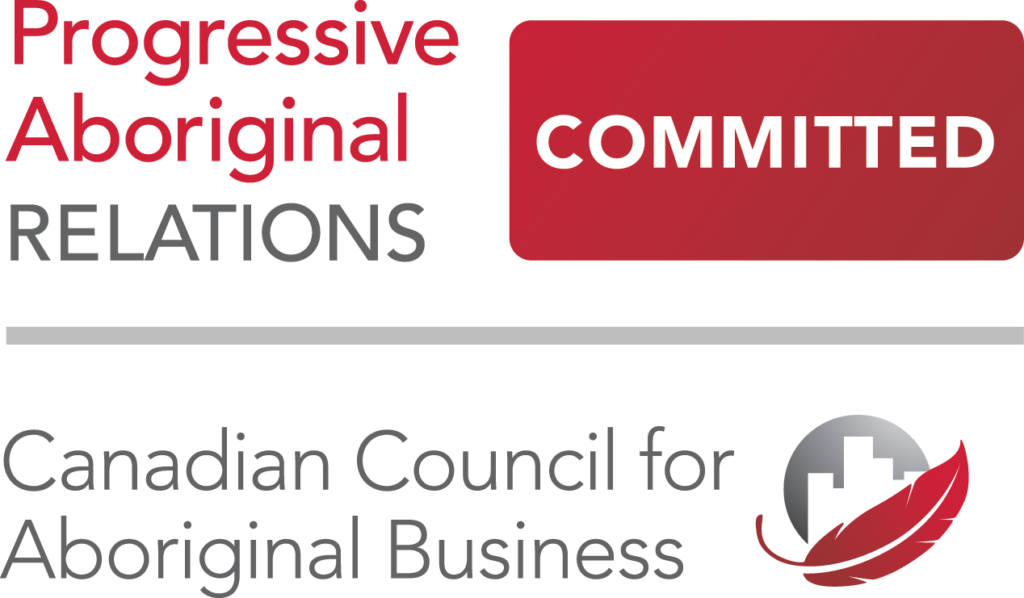Over the years, influencer marketing has evolved from a brand awareness channel to a revenue-driving staple in brands’ marketing strategies. Why? Influencers have established trust and credibility with their communities, making them powerful touchpoints in the customer journey. However, maximizing their potential requires a detailed approach that balances creative freedom with structured support. In this article, we’ll explore how to set up your influencer campaigns to reach their full conversion potential.
Picking the Right Influencers
To ensure a successful campaign, picking the right influencers that are an authentic fit for your brand is key. Start by researching which creators are already organically sharing your brand with their audience. These influencers are already engaged with your brand, so building an official partnership is natural and feels authentic for their audience. Additionally, consider the social media platform you are running your campaigns on when determining the types of influencers to partner with.
On Instagram, nano-influencers, with under 10k followers, achieve the highest engagement rate at an average of 6.23%. However, mega influencers with over 1M followers, boast an average engagement rate of 4.95% (source). Picking influencers with an engaged audience and content that compliments your brand identity will help set up your campaigns for success.
Campaign Briefs
Create a campaign brief that establishes clear campaign goals, deliverables, and brand requirements, while leaving room for creators to infuse their own creativity. Influencers build their engaged audiences by sharing their own unique voice. Allowing influencers the creative freedom to add their ideas to a campaign can lead to impactful results.
Strategic Link Placement
Provide clear guidelines on how and where influencers should effectively integrate links into their content. These strategic placements ensure that audiences can easily navigate to products featured in the influencer’s content, creating a smooth customer purchasing journey.
High-Converting Landing Pages
Creating tailored landing pages for influencer content can dramatically enhance conversion rates. These pages should spotlight the products mentioned in influencer posts and can even include unique discount codes or offers that are exclusive to their audience. This personalized touch fosters a seamless transition from content to checkout.
Long-Term Investments in Influencer Relationships
A brand earns more credibility with an influencer’s audience when there is repeated exposure. Therefore, influencer partnerships should be viewed as long-term investments. Spend time and effort fostering positive relationships with your influencer community. Collaboratively review campaign results, identifying successes and areas for improvement. Committing to ongoing testing and optimization with your influencer community will help maximize conversions.

Conclusion
Every stage of an influencer strategy, from partnership selection to content optimization, plays a critical role in this process. As influencer marketing evolves, brands that remain adaptive and data-driven will lead the way, not only maximizing conversions but also setting new standards for what effective, results-driven content looks like. Embracing these principles isn’t just a strategy; it’s a commitment to staying at the forefront of a rapidly changing industry, where audience trust and engagement are the true measures of success.
If you would like to learn more about how to integrate influencer marketing into your strategy, contact an expert today!












